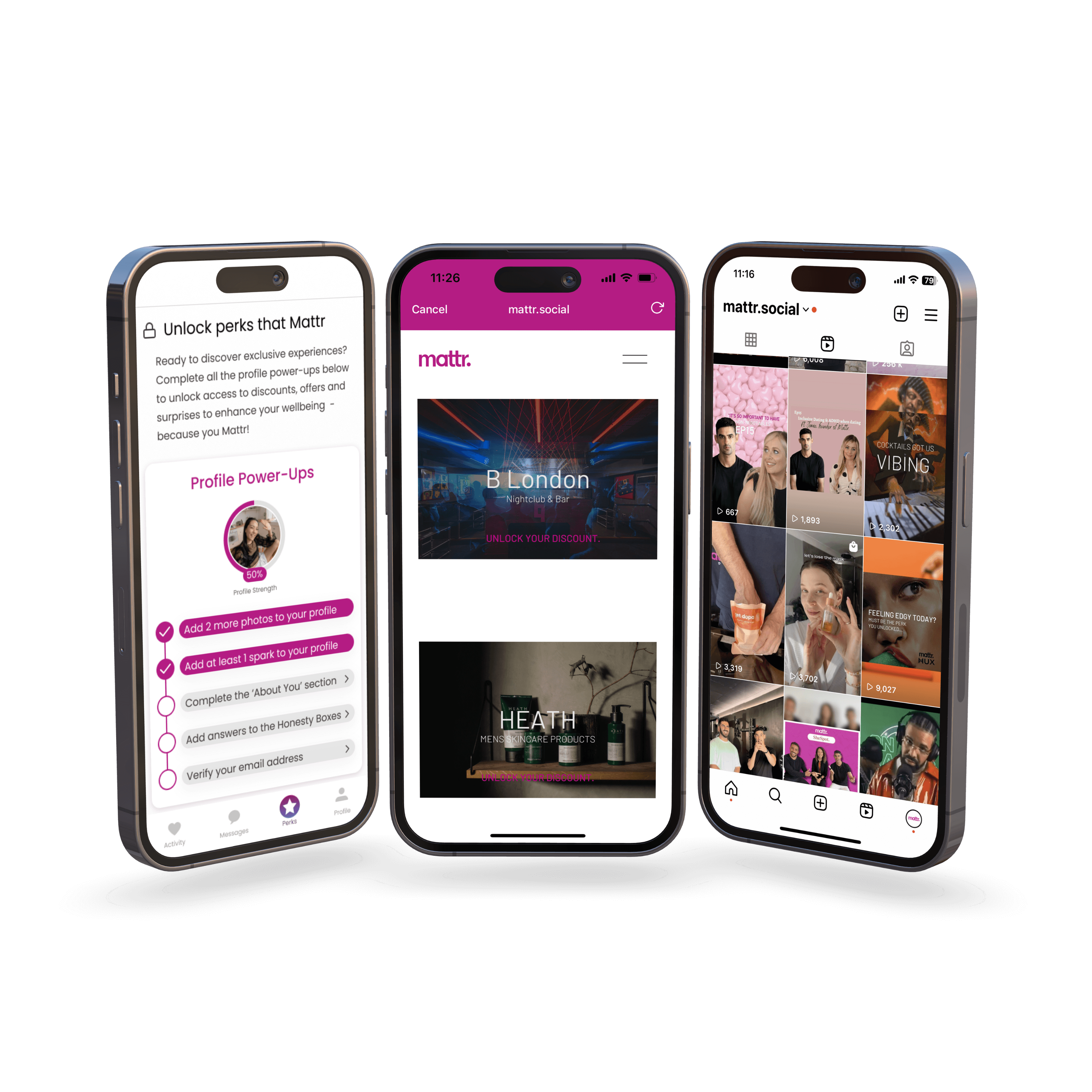Technology companies are developing products which shape the world we live in and the way that we experience our lives, but this is largely closed off to people from low-income groups. Barriers, both explicit and implied, exist to stop those with less from accessing these opportunities. How can we spot the potential to be exceptional in people from these communities, and how can we help to train them to access and shape the world we live in?
If we are to create innovation that serves us all, then workplaces have to change to be more diverse and inclusive, and representative of society as a whole. Andy has spent the last 10 years looking at what organisations need to do so they can better discover and use the potential in low-income groups to further everybody’s lives.
1. Build Empathy
Empathy is the ability to imagine how a situation feels to someone else. By better understanding someone, their background and their experiences, you can build up a picture of how their experience is different from your own.
There is no such thing as a single issue struggle, because we don’t live single issue lives
– Audre Lorde
Be Careful What you Assume
When people start at a company, it is the natural inclination of a team to try and make them feel at home. A manager will usually greet them with a warm welcome and the team will probably take them out for lunch or drinks as soon as they can. Unfortunately, these approaches don’t take into account the personal and professional baggage that everybody has. We simply don’t know what “at home” looks like for most people and so our attempts to welcome can sometimes feel exclusionary, despite the best of intentions.
Heighten Ambitions by Helping People to see Themselves in Leadership Roles
By seeing leaders who look like us, our ambitions are immediately heightened. Things as small as recognising those with similar hair to us in positions of power can make a huge difference. If we see those that we recognise, we will see ourselves in those same places. This is the heart of the inclusion process.
The Private Privilege is Powerful and Usually Unseen
When going for a job interview, if you know someone who works at the company, you can tap them up for advice beforehand. If you have contacts then you’re more likely to get the interview in the first place. More than that, your likely career path is set by those around you who you see as inspiration. If your family and friends have never worked in the tech industry, then you’re less likely to think it’s for you.
Be aware of this when speaking to candidates and consider how much more some may have had to overcome than others in order to be in front of you.
Allow People to Bring Their Whole Self to Work
In order to help someone bring their full self to work, rather than an image that is expected of them, leaders need to step into their shoes. This allows you to see how different their experience is from your own and to give the necessary support to get the best experience for everyone.
At the onboarding stage, this can be as simple as asking “Where did you grow up and what was that like?” By using this as a conversation starter, you will get a better understanding of the individual, how they operate and what they expect from the work environment or culture.
2. Grow Authentic Inclusion
Once you have generated an understanding of a person’s background, you have to look at what you can do in order to make the work environment more welcoming to them. This doesn’t start when they are already in your organisation, it begins when you go out to find them.
Avoid Lazy Recruitment Tactics
Managers looking for diversity in their employees will often say that these groups are “hard to reach”. This is a reflection of their own understanding, not of those in these groups. There are lots of ways to find people who don’t fit into your standard mould of an employee. While these ways may take a little more time than your standard process, you will reap the benefits by becoming a more diverse workforce.
If you want to increase the diversity of your team you should work to avoid:
- Hiring only from Ivy League / Russell Group universities
- CV buzzwords & minimum qualifications
- Referral networks proposing the same type of people who already work there
Mirrortocracies Reward People That Most Look Like Leaders
If you hire people that all look and think the same, then it becomes a race to see who can be most like the leader, in order to succeed. This drives down innovation, reduces constructive criticism and builds sub-cultures that don’t speak to one another, siloing the whole organisation.
Specific Actions to Recruit From the Margins:
- Look for cultural add not cultural fit – stop trying to hire people who you can be friends with, and look for those that will add to your team’s capability
- Understand your unconscious bias using tools like Project Implicit – https://implicit.harvard.edu/
- Reduce your unconscious bias on job descriptions with tools like Gender Decoder – http://gender-decoder.katmatfield.com/
- Run a Blind CV process using tools like BeApplied
- Reduce the essential criteria for roles
- Look beyond work experience or educational background to demonstrate the qualities you’re looking for
- Partner with communities to get into specific verticals of diversity
- Scale your storytelling channels to include diversity examples
3. Set Accountability for Diversity and Inclusion Across the Whole Organisation
Your C-suite must have ownership of the diversity and inclusion agenda of your organisation. Without this, it will be impossible for them to prioritise these costs and resources over the others that compete for their attention.
Once you have this buy-in, it is the responsibility of every manager, leader and employee in the organisation to make it a reality. There must be a shared understanding as to what it looks like and what the goals are.
This can’t be lip service – it has to be a genuine buy-in and excitement about the change. Otherwise, when people from different backgrounds find themselves in your organisation, they will never feel at home.
Some questions to ask yourself and of your organisation:
- What business goals align to your diversity efforts?
- What key performance indicators will you track?
- Who has ownership and responsibility for the results?
- If your C-suite is not diverse, have you considered reverse mentoring?
- Do you understand what a diverse organisation looks like and why it’s important?
Discover more content on Diversity and Inclusion.







Comments 0